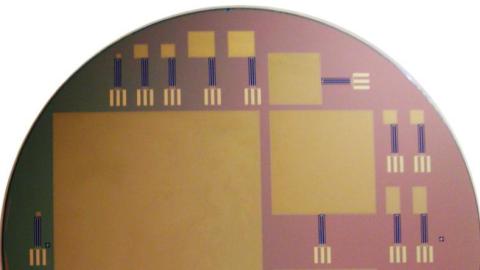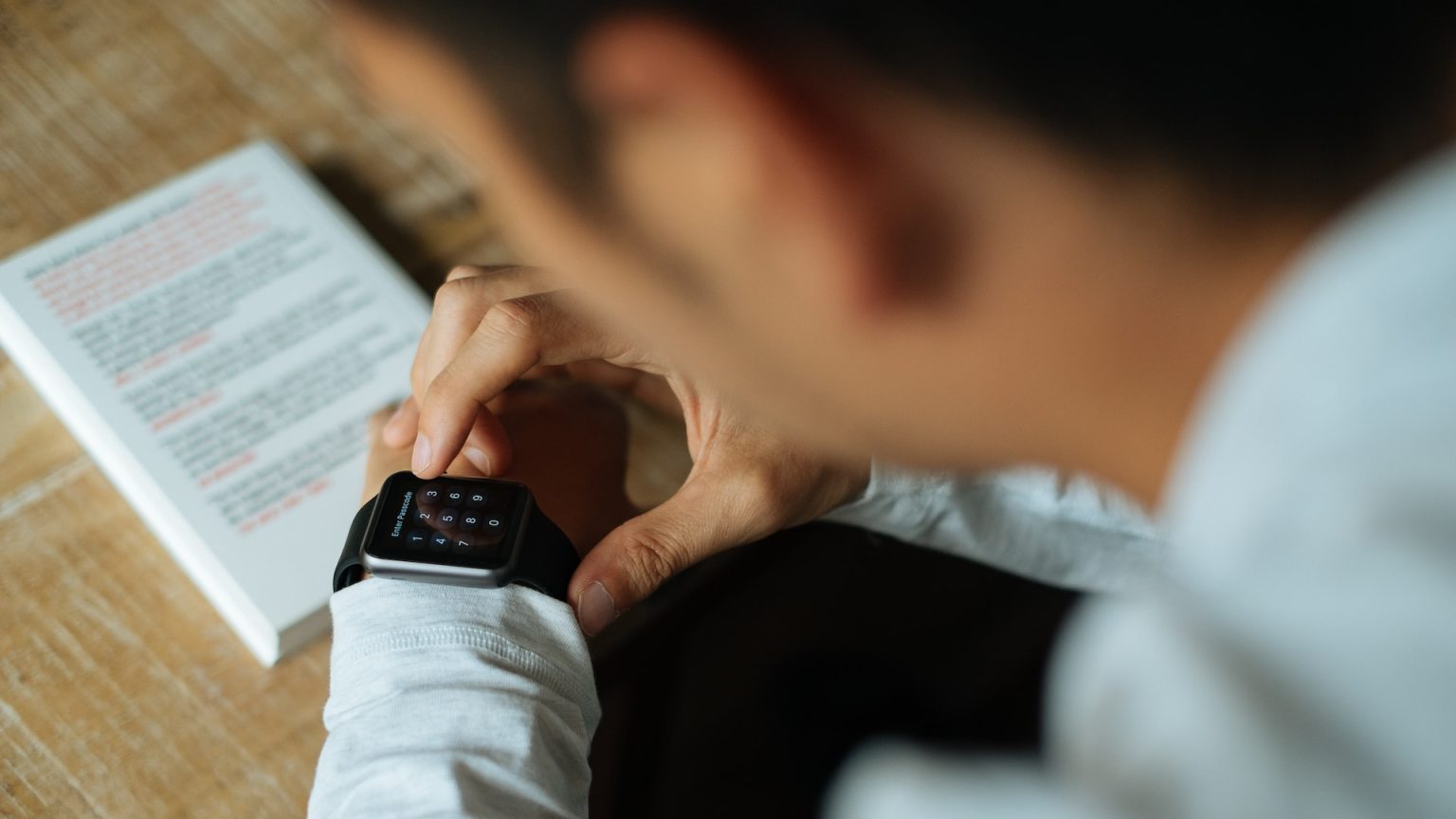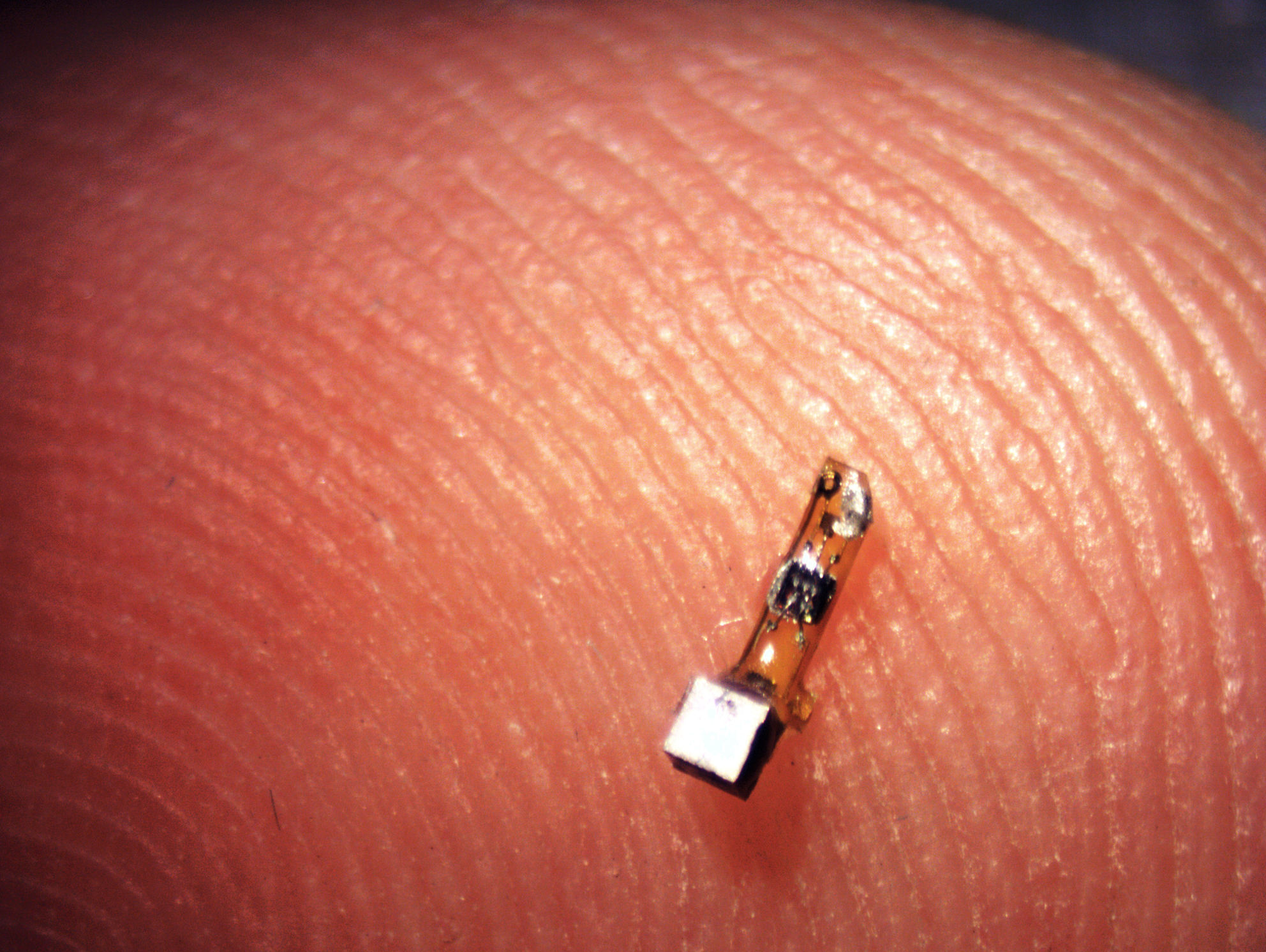Neural Implants Powered by the Body’s Own Sugar

What’s the Latest Development?
MIT researchers have created a tiny fuel cell that runs on glucose, a simple sugar which is the same energy source that powers cells in the human body. “The fuel cell strips electrons from glucose molecules to create a small electric current. The researchers fabricated the fuel cell on a silicon chip [using the same technology used to make semiconductor electronic chips], allowing it to be integrated with other circuits that would be needed for a brain implant. … So far, the fuel cell can generate up to hundreds of microwatts — enough to power an ultra-low-power and clinically useful neural implant.”
What’s the Big Idea?
The idea of a glucose-powered fuel cell first emerged in the 1970s but was abandoned in favor of lithium-ion batteries, which generated more power per unit area and did not lose effectiveness over time. But MIT’s new design uses platinum, an element that has a record of long-term compatibility with the body’s biological systems. In a matter of years, the technology could be used to power neural implants in the brains of patients with spinal cord injuries. The immediate goal is to help them regain control of limbs which, due to their injuries, they are no longer able to control.
Photo credit: Sarpeshkar Lab





